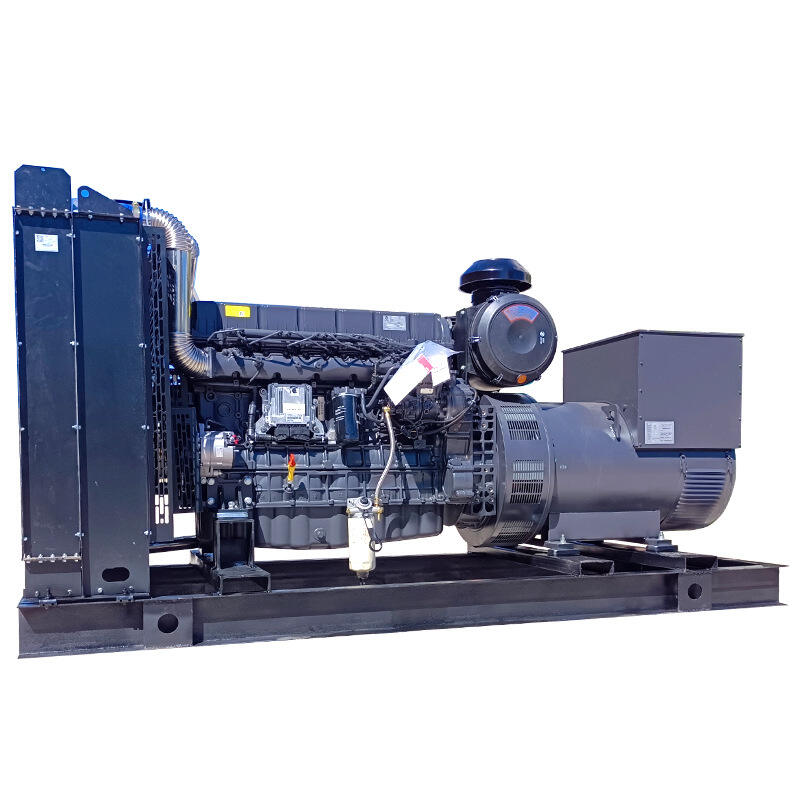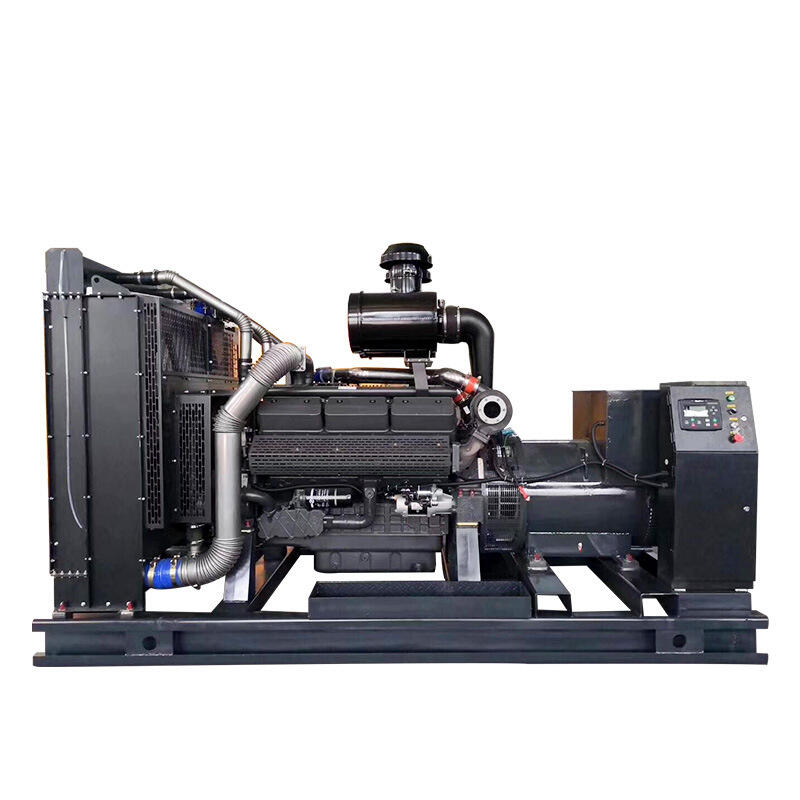Essential Guidelines for Generator Set Installation
Installing an SDEC generator set requires careful planning and precise execution to ensure optimal performance and longevity. This comprehensive guide will walk you through the entire installation process, from initial site preparation to final testing. Whether you're a professional installer or a facility manager overseeing the project, understanding these crucial steps will help you achieve a successful installation that meets all safety standards and operational requirements.
Pre-Installation Planning and Site Preparation
Site Assessment and Location Selection
Before installing an SDEC generator set, conducting a thorough site assessment is crucial. The location must provide adequate ventilation, accessibility for maintenance, and protection from environmental elements. Consider factors such as distance from buildings, noise regulations, and local building codes. The foundation should be level and capable of supporting the generator's weight, typically requiring reinforced concrete designed to handle both static and dynamic loads.
When selecting the perfect spot for your SDEC generator set, ensure there's sufficient clearance on all sides for proper airflow and maintenance access. The location should also account for fuel supply lines, electrical connections, and exhaust routing. Professional installers recommend a minimum clearance of 3 feet on all sides and adequate overhead space for ventilation and maintenance work.
Infrastructure Requirements
The installation site must meet specific infrastructure requirements to support the SDEC generator set effectively. This includes proper drainage systems to prevent water accumulation, electrical conduit pathways, and fuel storage considerations. The area should be equipped with appropriate lighting for maintenance work and emergency situations.
Infrastructure preparation also involves installing necessary anchor points, mounting brackets, and vibration isolation systems. These components are essential for securing the generator set and minimizing operational vibration that could affect nearby structures or equipment. Consider installing weather protection if the generator will be placed outdoors, such as a dedicated enclosure or canopy.

Technical Setup and Connection Procedures
Electrical System Integration
Connecting an SDEC generator set to your electrical system requires expertise and precision. The process begins with installing the automatic transfer switch (ATS) and establishing proper grounding systems. All electrical connections must comply with national and local electrical codes, using appropriate gauge wiring and protective conduits.
Professional electricians should verify phase sequence, voltage levels, and frequency settings before making final connections. The control panel installation requires careful attention to ensure proper communication between the generator set and building management systems. Modern SDEC generator sets often include advanced monitoring capabilities that need proper configuration during this stage.
Fuel System Setup
The fuel system installation for an SDEC generator set must prioritize safety and efficiency. This includes proper sizing of fuel lines, installation of filters and separators, and implementation of leak detection systems. For diesel models, the fuel tank installation must include appropriate venting and filling points that meet environmental regulations.
Regular maintenance access points should be incorporated into the fuel system design. The fuel storage system must be properly secured and protected from environmental factors while maintaining easy access for refueling and inspection. Consider installing fuel polishing systems for installations where fuel may be stored for extended periods.
Commissioning and Testing Procedures
Initial Startup Protocol
The first startup of an SDEC generator set follows a specific sequence to ensure all systems function correctly. Begin with a thorough visual inspection of all connections and fluid levels. The initial startup should be performed without load to verify proper operation of all mechanical and electrical components.
During this phase, technicians must monitor oil pressure, coolant temperature, and voltage output carefully. Any unusual sounds or vibrations should be investigated and addressed immediately. The generator's control systems need to be calibrated and tested to ensure proper automatic operation and shutdown protocols.
Load Testing and Performance Verification
Once basic operation is confirmed, conducting comprehensive load testing is essential. This process involves gradually increasing the load on the SDEC generator set while monitoring all operational parameters. Full load testing helps verify the generator's capacity to handle expected power demands while maintaining stable output.
Performance verification includes testing all safety systems, alarms, and shutdown mechanisms. Document all test results and performance metrics for future reference and warranty purposes. This data serves as a baseline for future maintenance and troubleshooting needs.
Maintenance and Operational Guidelines
Regular Maintenance Schedule
Establishing a proper maintenance schedule is crucial for the longevity of your SDEC generator set. Create a detailed maintenance calendar that includes daily, weekly, monthly, and annual tasks. Regular maintenance includes fluid checks, filter replacements, and general system inspections.
Train facility personnel on basic maintenance procedures and emergency protocols. Keep detailed maintenance logs and schedule professional servicing at recommended intervals. This proactive approach helps prevent unexpected downtime and extends the generator's operational life.
Troubleshooting and Emergency Procedures
Develop comprehensive troubleshooting guidelines for common issues that may arise with your SDEC generator set. Ensure operators understand warning signs and appropriate response procedures. Create emergency shutdown protocols and maintain current contact information for professional service providers.
Document all operational issues and their resolutions for future reference. This information helps build an effective knowledge base for maintaining optimal generator performance and quickly addressing any problems that may occur.
Frequently Asked Questions
What are the optimal environmental conditions for an SDEC generator set?
SDEC generator sets perform best in environments with temperatures between 40°F and 104°F (4°C to 40°C) with relative humidity below 85%. Proper ventilation and protection from direct exposure to elements are essential for optimal operation.
How often should an SDEC generator set undergo professional maintenance?
Professional maintenance should be performed at least annually or after every 250 hours of operation, whichever comes first. However, units used in critical applications or harsh environments may require more frequent servicing.
What type of warranty coverage comes with an SDEC generator set installation?
Standard warranty coverage typically includes parts and labor for the first year of operation or 1000 running hours. Extended warranty options are available and recommended for critical applications. Proper installation by certified technicians is usually required to maintain warranty validity.

